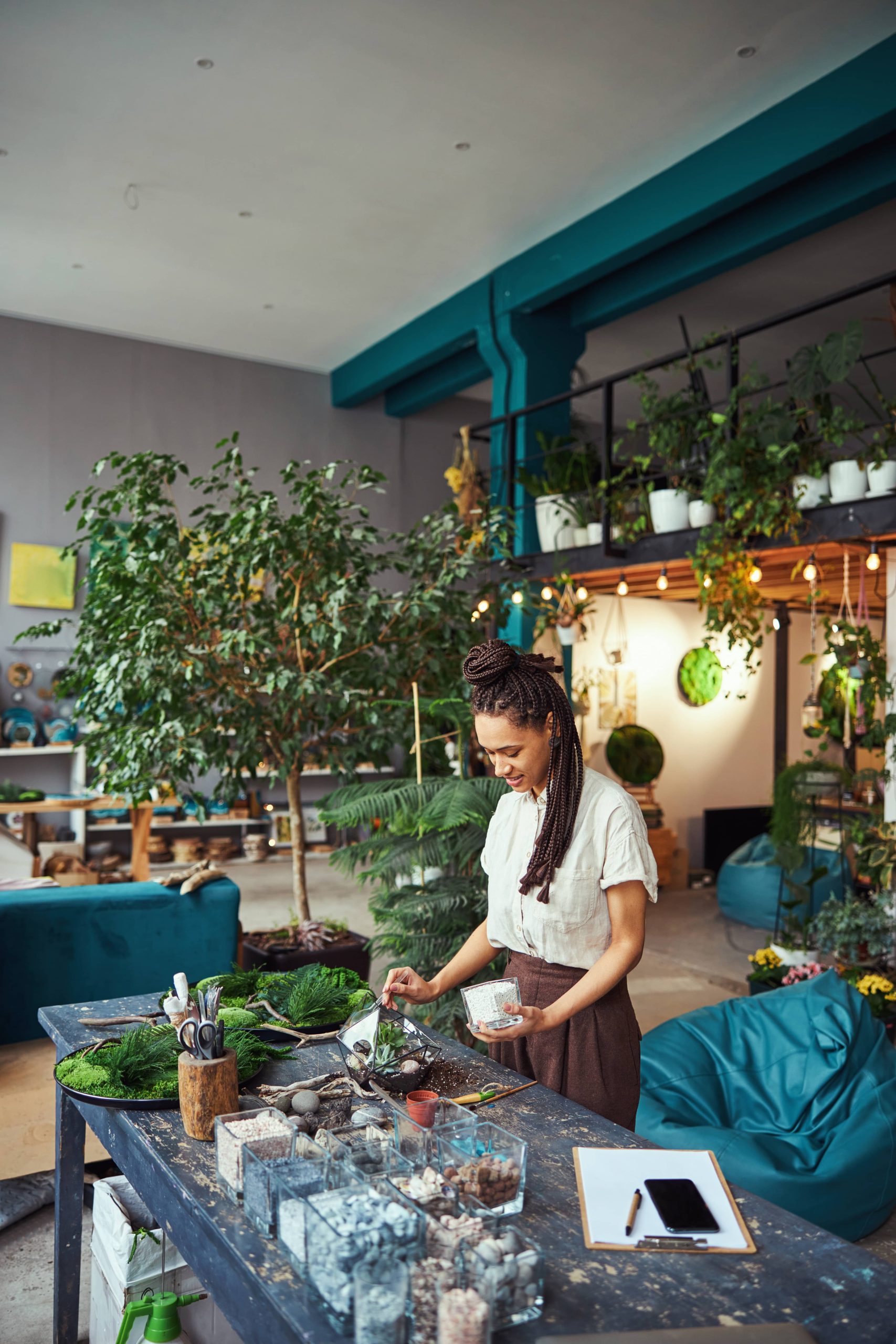
Bringing a piece of the tropics into your living space can transform any home into a lush, vibrant paradise. Tropical houseplants like peace lilies, ferns, and orchids not only enhance the aesthetic of your indoor spaces but also contribute to better air quality and a calming environment. However, creating the perfect conditions for these tropical beauties to thrive requires special attention to humidity – a key factor in maintaining healthy plants. In this blog post, we will delve into the importance of humidity for tropical houseplants and guide you through choosing the best humidifier to keep your plants happy and healthy.
Understanding Humidity Needs of Tropical Houseplants
Most tropical houseplants thrive in environments that are humid, similar to their natural habitats. Typically, these plants flourish in humidity levels ranging from 60% to 90%. However, with the central heating systems and dry indoor climates often found in many homes, maintaining such levels of humidity can be challenging, especially during the winter months. This discrepancy can lead to issues such as browning leaf edges, wilting, and stunted growth.
Recognizing the distinct humidity needs of your plant variety is crucial to maintaining their health. For instance, ferns appreciate higher humidity levels around 70-90%, while orchids can do well in levels around 50-70%. Being mindful of these needs can guide you in choosing the right humidifier for your indoor garden.
Types of Humidifiers for Indoor Gardening
To combat dry air, a humidifier is a must-have tool for any indoor gardener. There are several types of humidifiers, each with distinct benefits:
1. Evaporative Humidifiers
These are the most common and generally the most affordable type of humidifier. They work by using a fan to blow air through a wet wick filter, releasing evaporated moisture into the air, thus increasing humidity. Evaporative humidifiers are energy-efficient and effective in raising humidity levels quickly. However, they require regular maintenance to ensure the filters remain clean and functional, which might be a consideration for those who prefer low-maintenance equipment.
2. Ultrasonic Humidifiers
Ultrasonic humidifiers use high-frequency sound vibrations to produce an ultra-fine mist that is then released into the air. These humidifiers are known for their quiet operation and energy efficiency. They do not use heat, making them a safe option if you have children or pets around. Ultrasonic humidifiers often come with variable settings, allowing you to control the level of humidity you introduce to your indoor garden.
3. Warm Mist Humidifiers
Warm mist humidifiers, also known as steam vaporizers, heat water to boiling and release steam into the air, effectively humidifying it. While they can help maintain warm temperatures favorable for tropical plants, they can be energy-intensive and hot to the touch, which may pose safety concerns. Nevertheless, the heat can also help reduce bacterial presence in the air, benefiting plant health.
4. Cool Mist Humidifiers
These humidifiers disperse a cool mist of water vapor into the air. They can run longer on the same tank of water than warm mist humidifiers, making them more energy-efficient. Cool mist humidifiers are excellent for year-round use and work well in smaller plant displays by providing a continuous, gentle mist to maintain stable humidity levels.
Factors to Consider When Choosing a Humidifier
Once you’ve decided to invest in a humidifier, here are some essential factors to consider:
1. Coverage Area
Consider the size of the room or the specific area where your tropical plants are situated. Humidifiers have varying coverage capacities, so ensuring your chosen model can handle your space is crucial. You don’t want to choose an appliance that is either too powerful, which can lead to excessive moisture, or too weak, which won’t effectively address your plants’ needs.
2. Tank Capacity and Run Time
The tank capacity of a humidifier correlates with how long it can run on a single fill. Larger tanks tend to run longer, requiring less frequent refills, which is vital for maintaining consistent humidity levels. If you have numerous plants or large spaces to cover, a humidifier with a larger tank might be more practical.
3. Ease of Maintenance
Regular cleaning is essential to prevent mold and bacteria build-up in humidifiers. Choose a model that is easy to disassemble and clean. Look for additional features like replaceable filters or automatic cleaning cycles that can make maintenance more convenient.
4. Noise Level
If your indoor garden is in a living room, bedroom, or office, consider the noise level of the humidifier. Ultrasonic humidifiers are known for being the quietest, which might be a significant consideration if noise is a concern.
5. Adjustable Settings
Having the ability to adjust humidity levels can be beneficial as different plants have varied needs. A humidifier with multiple settings will help you find the perfect balance, ensuring your houseplants receive the optimal environment for growth.
Conclusion
Choosing the ideal humidifier for your tropical houseplants can significantly enhance their vitality and longevity. Assessing the specific needs of your plants, the size of your space, and your personal preferences will guide you in making the best choice. Remember, investing in a quality humidifier not only contributes to your plants’ well-being but also enriches your indoor environment with the lush beauty of thriving tropical foliage. By creating a little slice of paradise indoors, you have not only brought nature closer but have also enhanced your own living space. Happy gardening!













